Autumn blockbuster exhibition, The Sun: Living With Our Star, was launched by the Science Museum in October 2018 to shed new light on the power, beauty and dark side of our neighbourhood star.
From early Nordic Bronze Age artefacts that reveal ancient beliefs of how the Sun was transported across the sky, to details of forthcoming solar missions, this exhibition charted humankind’s dependence upon and ever-changing understanding of our local fusion reactor.
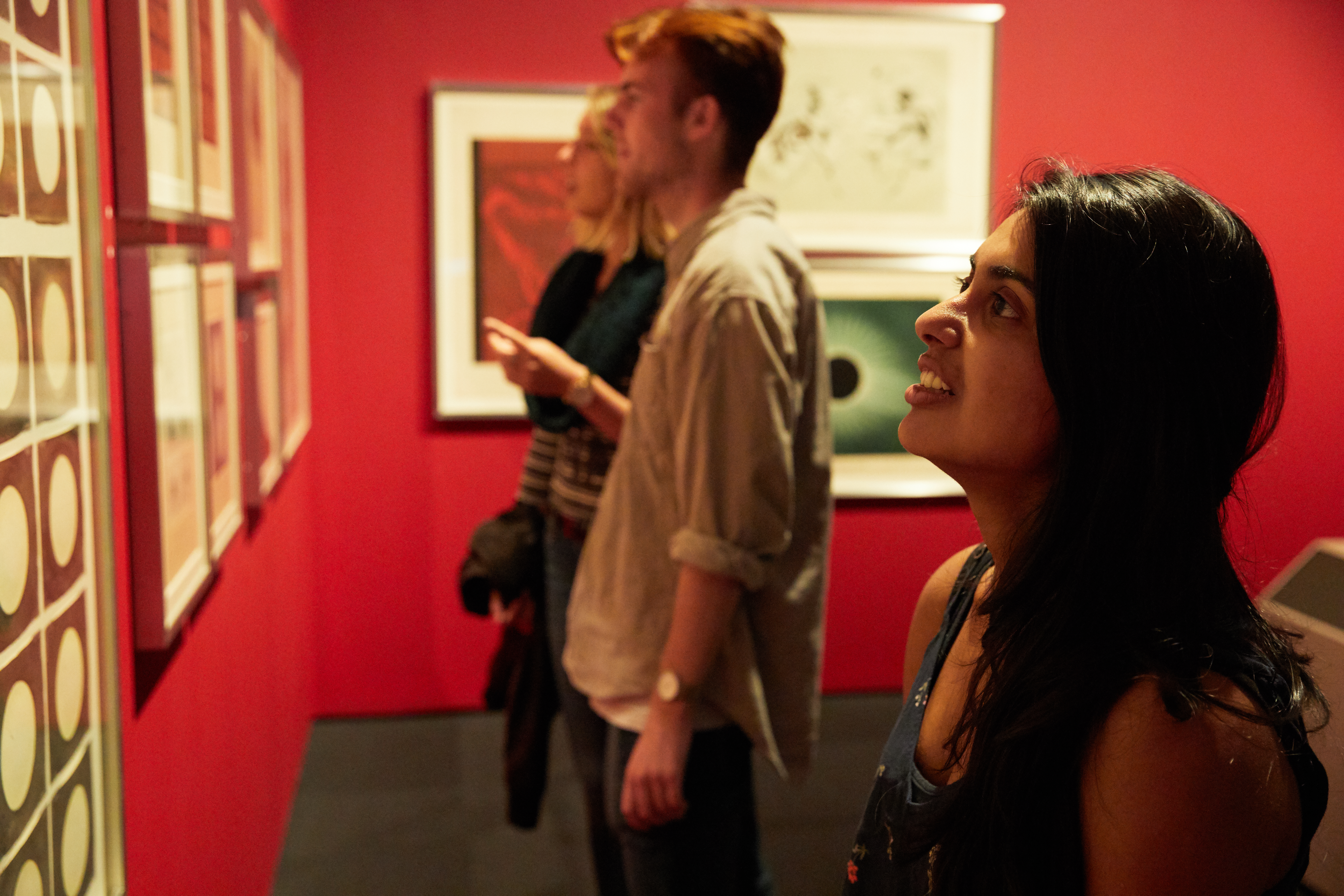
Highlights from the Science Museum collection included an astronomical spectroscope made for Norman Lockyer – who campaigned for the founding of the Science Museum – who used it to reveal helium in the Sun’s atmosphere in 1868.

The exhibition coincided with the 150th anniversary of Lockyer’s discovery, the first of an “extra-terrestrial” element, as helium had not yet been found on Earth. Also on display was the original orrery, a mechanical model of the Solar System, made for the Earl of Orrery in 1712.
At the press launch, Chairman of the Board of Trustees, Dame Mary Archer, wearing a ‘Hello Solar’ t-shirt, congratulated the recent Nobel Prize Winners, including Donna Strickland, the third woman to win the Nobel Prize for physics, and Frances Arnold, the fifth woman to be awarded the prize for chemistry.
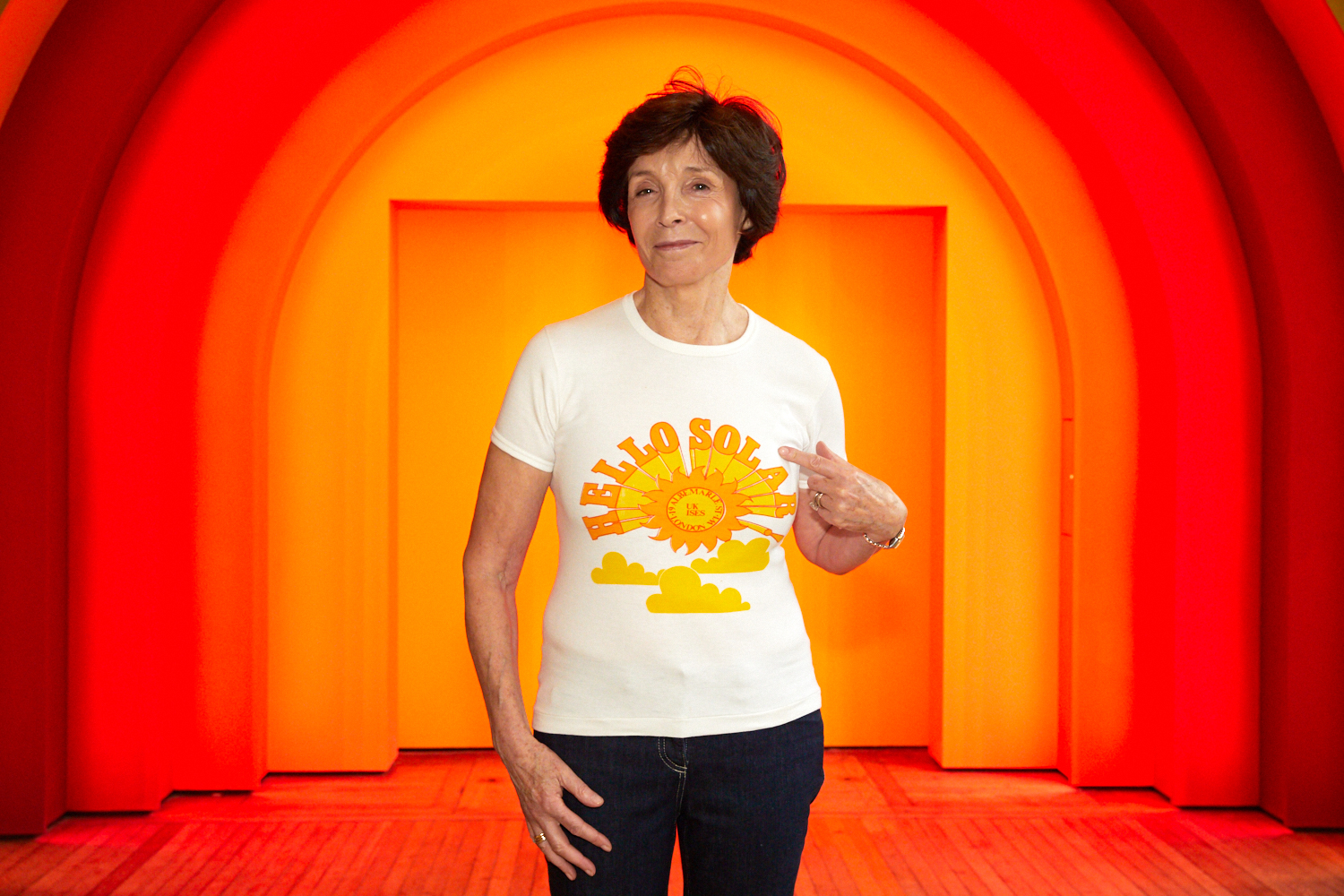
During the celebrations that night, where the Philharmonia Orchestra performed the finale of Respighi’s Pines of Rome, Ian Blatchford, Director of the Science Museum, said, ‘Since people first looked up at the sky the Sun has been a source of fascination, awe and inspiration.’

‘The fact that the Sun has had such a profound influence on the way we live makes it an incredibly rich subject for an exhibition, crossing huge expanses of time and place’, added Dr Harry Cliff, Lead Curator, adding ‘the subject is increasingly relevant for the way we live now, from the threat of solar storms to the upcoming space missions that will allow humankind to touch the Sun for the first time.’
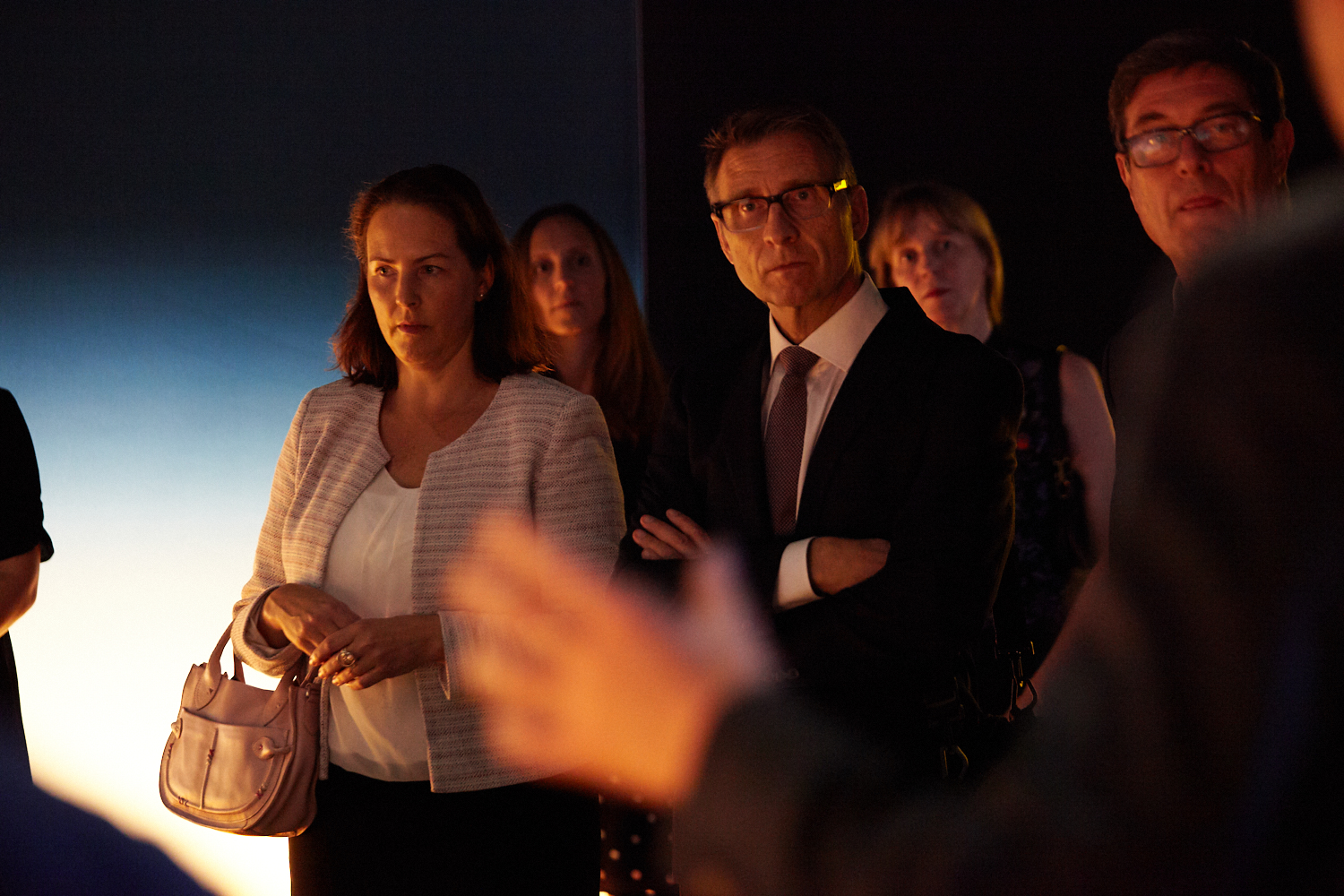
Jim Bridenstine, NASA Administrator, said: ‘Over the last several decades NASA and researchers from around the world have harnessed space technologies to bring us closer to understanding our star than ever before. I am delighted that the UK’s Science Museum’s new exhibition, The Sun: Living With Our Star, will tell these stories and engage many more people in the amazing science of our Sun.’ (Watch the video here.)
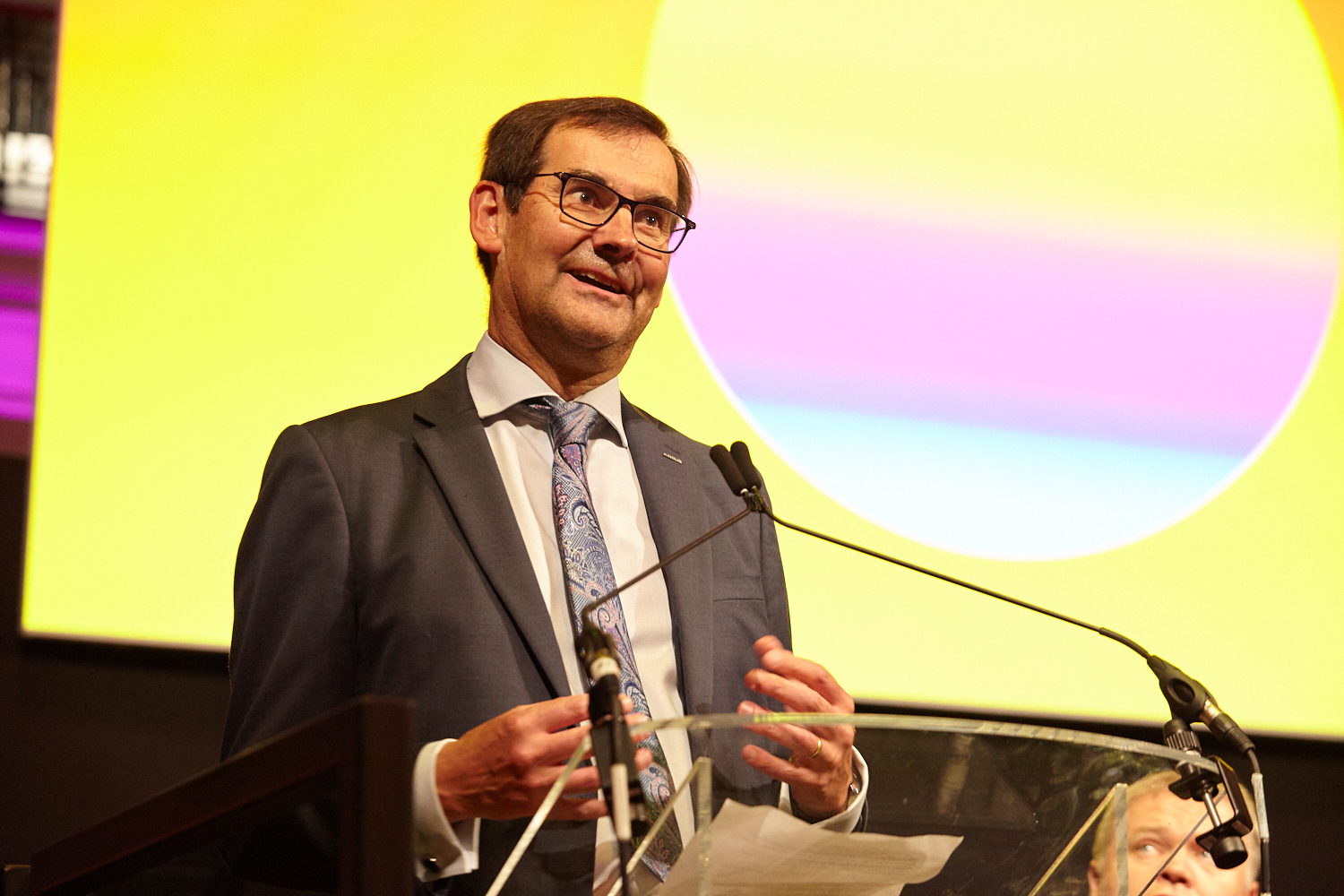
Andrew Stroomer, Director of the Stevenage Site of Airbus, Principal Sponsor, said: ‘At Airbus we are privileged and proud to work in the space business, and committed to inspire and motivate young people through our projects. We recognise that we can multiply that effect many times over by working with the fantastic pulling power and professionalism of the Science Museum. That’s why we are delighted to sponsor The Sun exhibition and looking forward to similar collaborations in future’.
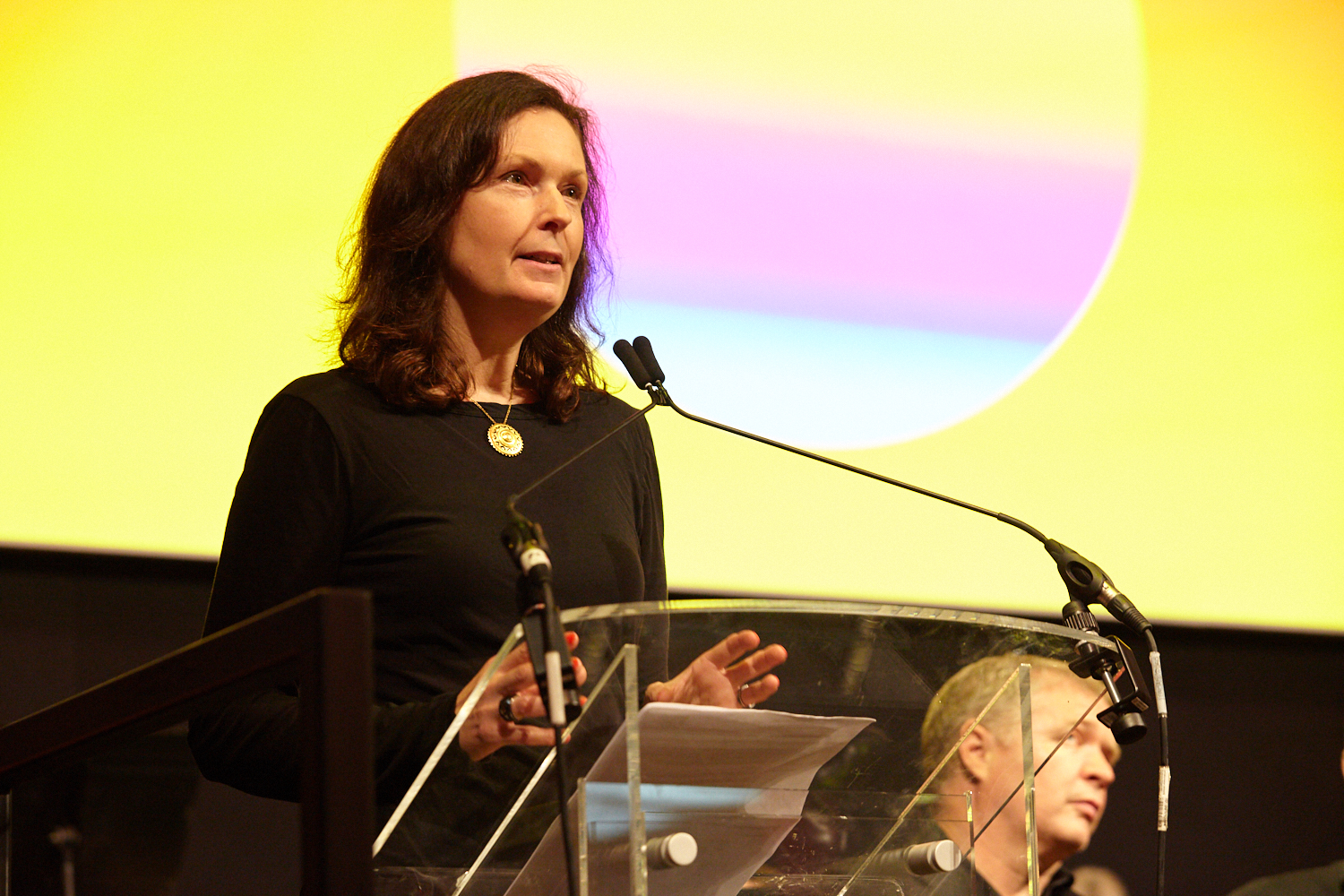
Among those present at the grand opening were Heston Blumenthal; advisor to the exhibition, TV presenter, and author of 15 Million Degrees: A Journey to the Centre of the Sun, Professor Lucie Green of UCL; artist of Very Nice, Rafael Alonso; Professor Sanjoy Bhattacharya from the University of York; Deputy Director of Airbus Justin Bryne; Chairman of the V&A, Nicholas Coleridge; President of the Royal Astronomical Society, Michael Cruise; Roly Keating, Chief Executive of the British Library.
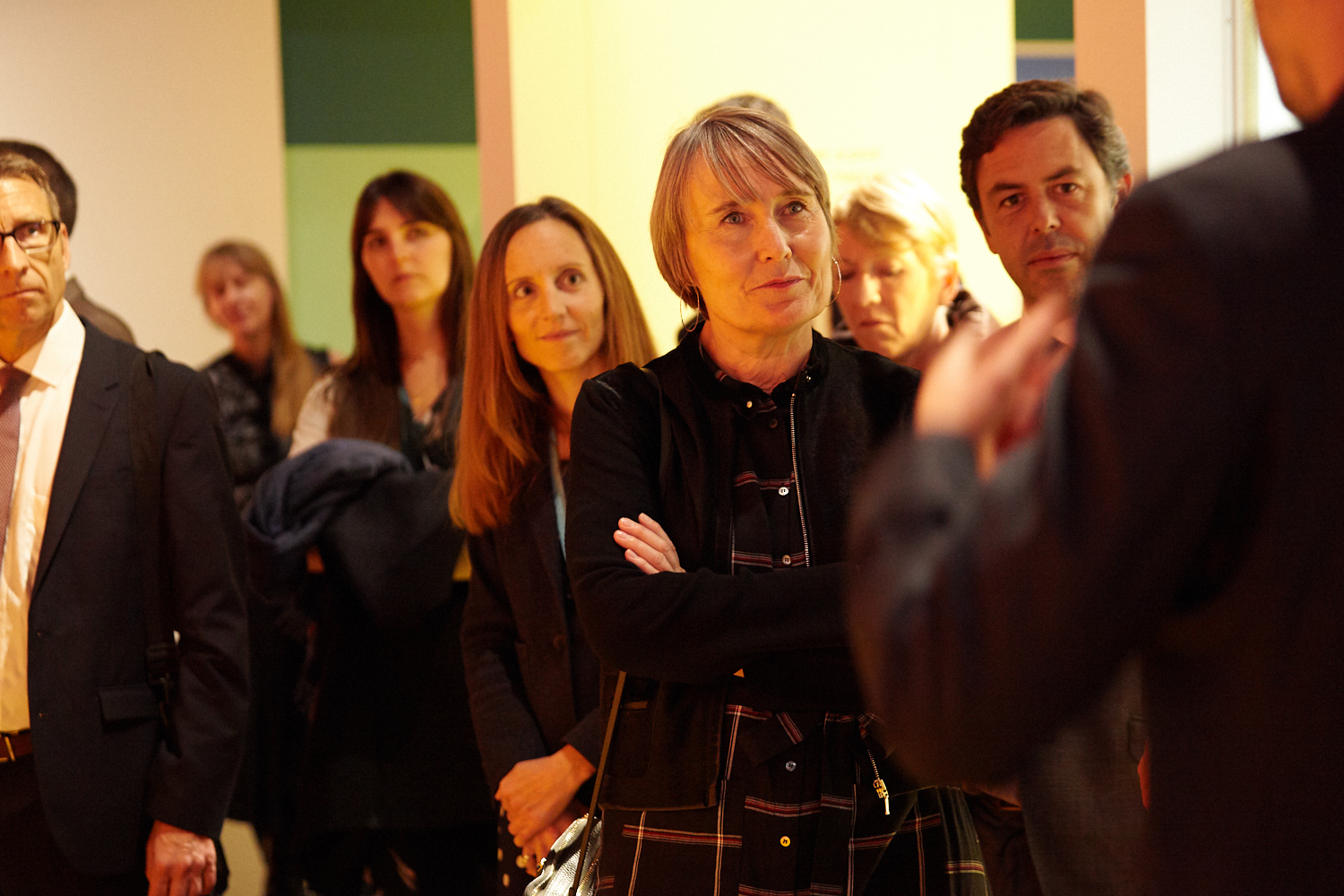
Alongside this exhibition the Science Museum and a team of scientists at Reading University launched a new citizen science project to research patterns in solar storm activity and ultimately try to improve space weather predictions. This project has seen thousands of images of solar storms analysed and the early results are already looking promising. Further details of the findings will be announced shortly.
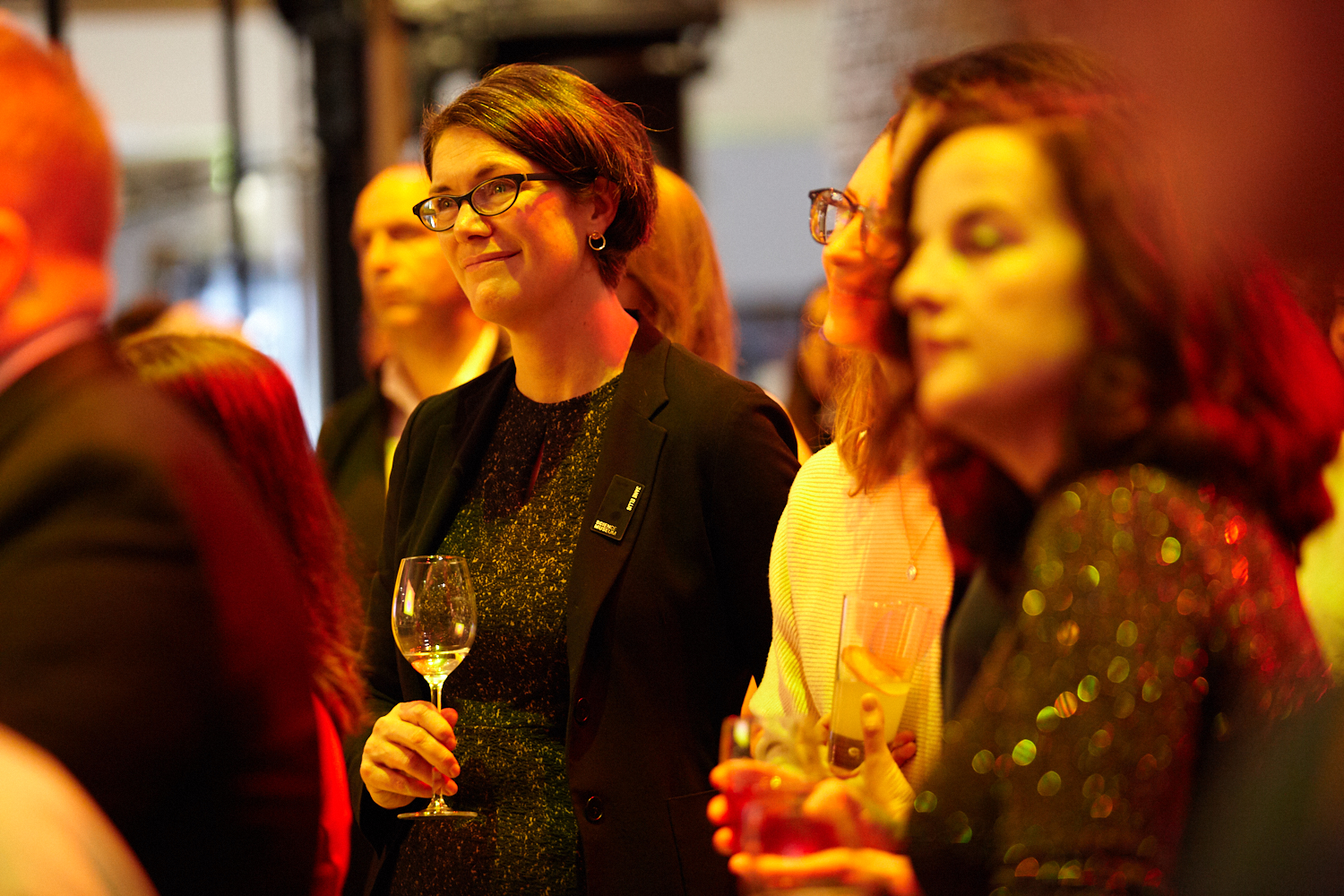
To accompany the exhibition, Scala also published a new book, The Sun: One Thousand Years of Scientific Imagery, by Lead Curator Dr Harry Cliff and Curator of Art Collections Dr Katy Barrett.
The Sun: Living With Our Star ran at the Science Museum from 6 October 2018 until 6 May 2019. Learn more about humanity’s relationship with our nearest star in this blog series.